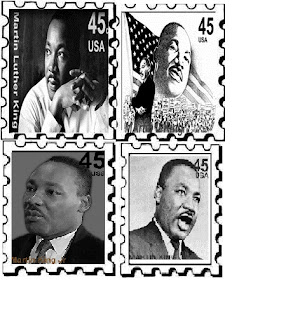Monday, April 30, 2012
David Carson
Saturday, April 28, 2012
Saul Bass
Thursday, April 26, 2012
Morteza Momayez
Wednesday, April 25, 2012
Tuesday, April 24, 2012
Susan Kare
Nichola-Graphic Design Artist
Rob Janoff
Monday, April 23, 2012
Shigeo Fukuda
Sunday, April 22, 2012
John Alvin
Hevesi, Dennis. “John Alvin, Designer of Memorable Film Posters, Is Dead at 59.” The New York Times February 11, 2008. Online. Retrieved from: www.nytimes.com/2008/02/11/movies/11alvin.html
Official John Alvin Website: http://www.johnalvinart.com/Default.aspx
Thursday, April 19, 2012
Vittorio Fiorucci an Italian Canadian poster artist from Montreal Canada. They say the art fo the fuge spring from being borned in ZaraYugoslavia from Itilian parents. When Fiorucci was 19 he moved away becuase he was not getting along with his mother at time Montreal was opted so he took off. He felt an artist had should be free indepedent in the fullest sense of the term. He is the most famous poser artist. Fiorucci posters have deck the walls of Montreal for over twenty years and has received many prizes for highly original work.
Fiorucci career began in the early 1960's his first job was a cartoonist in political publications; he then became a full time poser maker. This is when he started becoming known. In 1964 he won third prize in the Interantional Cineman poster exhibit in Czechoslovakia. This was the first time Canada ever won a prize of that kind.
Mirko Ilić
Wednesday, April 18, 2012
Philip Baxter Meggs
MEGGS WAS BORN ON MAY 30, 1942, IN NEWBERRY, SOUTH CAROLINA. MEGGS
WAS AN AMERICAN GRAPHIC DESINGER,PROFESSOR, HISTORIAN AND AUTHOR OF BOOKS IN GRAPHIC DESING. HIS BOOK HISTORY OF GRAPHIC DESIGN IS A STANDARD READ FOR FOR STUDYING GRAPHIC DESIGN.
Meggs was also one of the first professional educators to create an overview of the history of graphic design that did not depend on the traditional structure of the history of art. Meggs believed that graphic design needed to acquire and adequate understanding off the past and its relations with art.
At 16 years of age he practiced typesetting metal in the afternoons after school and enjoyed drawing and painting.
After college, Meggs worked as a senior designer at a metal company any then art directory of a pharmaceutical company.
In 1968, he began teaching in the Communication Arts and Design Department at Virginia Commonwealth University
.
 Meggs later died after a long battle with leukemia on November 24, 2002 at the age of 60.
Meggs later died after a long battle with leukemia on November 24, 2002 at the age of 60.
Dick Bruna
ick Bruna was born in Utrecht (the Netherlands) on august 23, 1927 as Hendrik Bruna in a rather prosperous family. His great-grandfather founded the great Dutch publishing house A.W Bruna & son in 1868, and in the late nineteenth century they had a book store at almost every railway station. Bruna had a rather careless youth. He regularly met authors and designers at his house and as a teenager he gained interest in design. | |
|






































